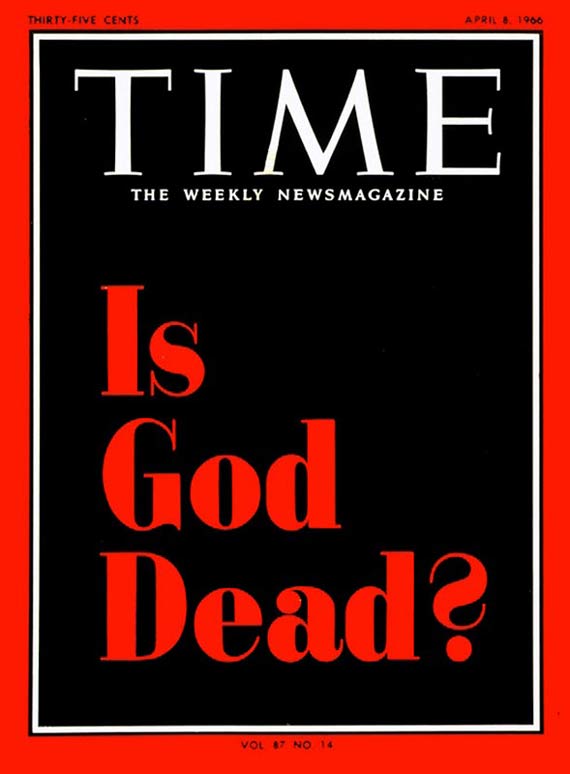I guess the essential question for Time Inc. and Time magazine in particular is this: No matter how good a job the current editors and managers do, can it be enough for the brand to survive, let alone thrive? There has always been amazing talent there (and still is), but a monolith has trouble adapting, regardless of how much cash at hand or head start it has. The company’s first foray into digital in the mid-1990s, Pathfinder, was a huge flop because editors at the various publications were reluctant to give away their content. And as media decentralization broadened as cable TV gave way to the Internet, where everyone has a channel or 200 of their own, a behemoth with large fixed costs has trouble keeping the “barbarians” at the gates. Rick Stengel has proven a very good choice as Time‘s editor at the moment of digital do or die, but has too much terrain already been ceded? Is the war even winnable?
From “Running Out of Time,” Joshua Macht’s very good Atlantic article with a very bad title:
“The newsweekly’s long slide has been blamed on pretty much everything from lack of investment to the AOL merger. And of course there’s the notion that the newsweekly category itself is simply no longer viable–that in the age of the Internet, the weekly rhythm is just too long. But then why the success of The Week or the Economist? For Time, the challenge wasn’t just the weekly print cycle; it was the weekly print cycle plus a crushing load of fixed costs. It’s expensive to support a model that demands reporters around the world, big name columnists, and massive distribution. The high costs means that there’s virtually no room for Time to stumble.
Unfortunately, the brand would fall hard. I joined Time magazine in the summer of 2002 just after the bursting of the dot-com bubble. The largest project during my tenure as editor and general manager of Time.com was to digitize the entire archive going back to March of 1923 – which pushed me deep into Time magazine lore. I tracked the early days when the magazine first took flight to the WWII era when Time could sell more than 400,000 copies in a week even with some little-known Italian general on the cover.
It kept on growing after that. At its zenith the brand could reach more than 20 million people around the world each week. Time practically defined what it meant to be mass media. It was a brand for pretty much everybody. Television and then cable news (CNN in particular) eventually began to chip away at its position, and Time went though struggles and repeated attempts at reinvention through the years. But it took the arrival of the Internet to truly endanger it.”

